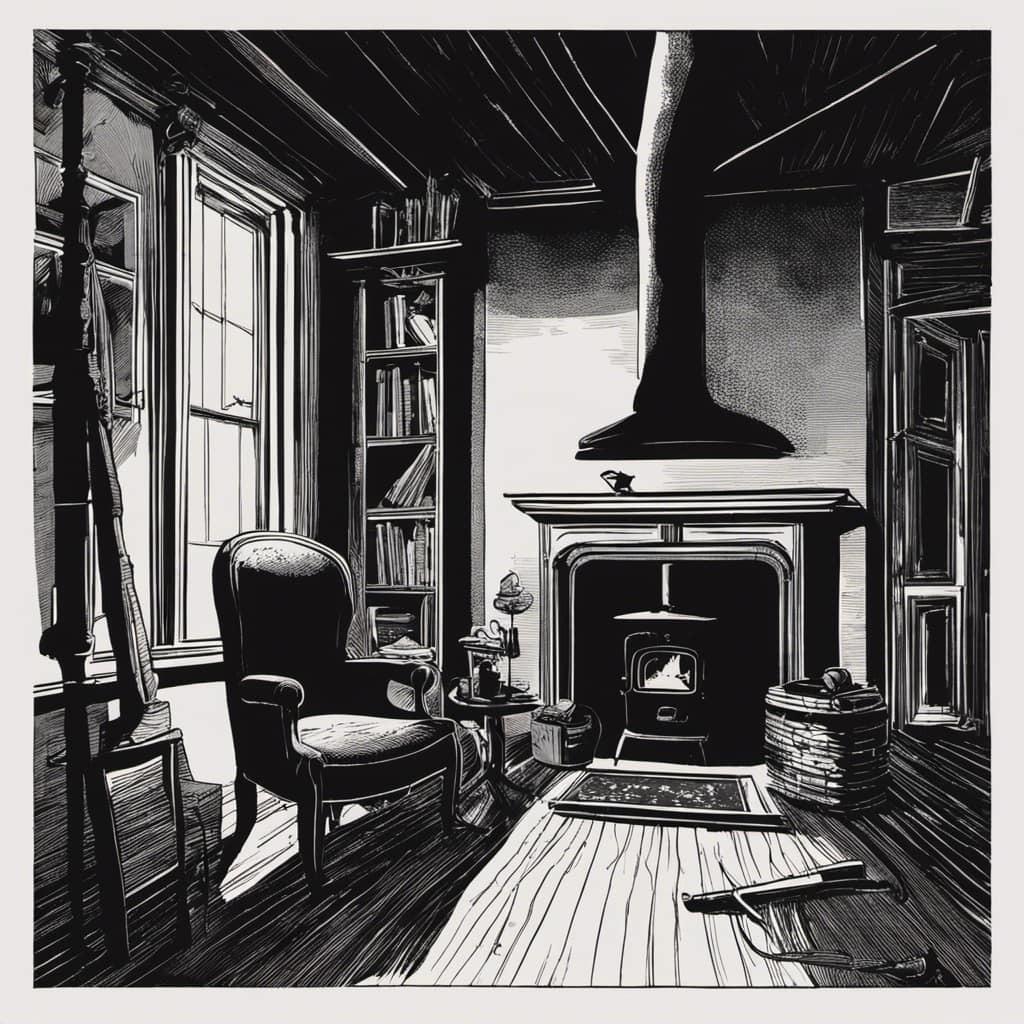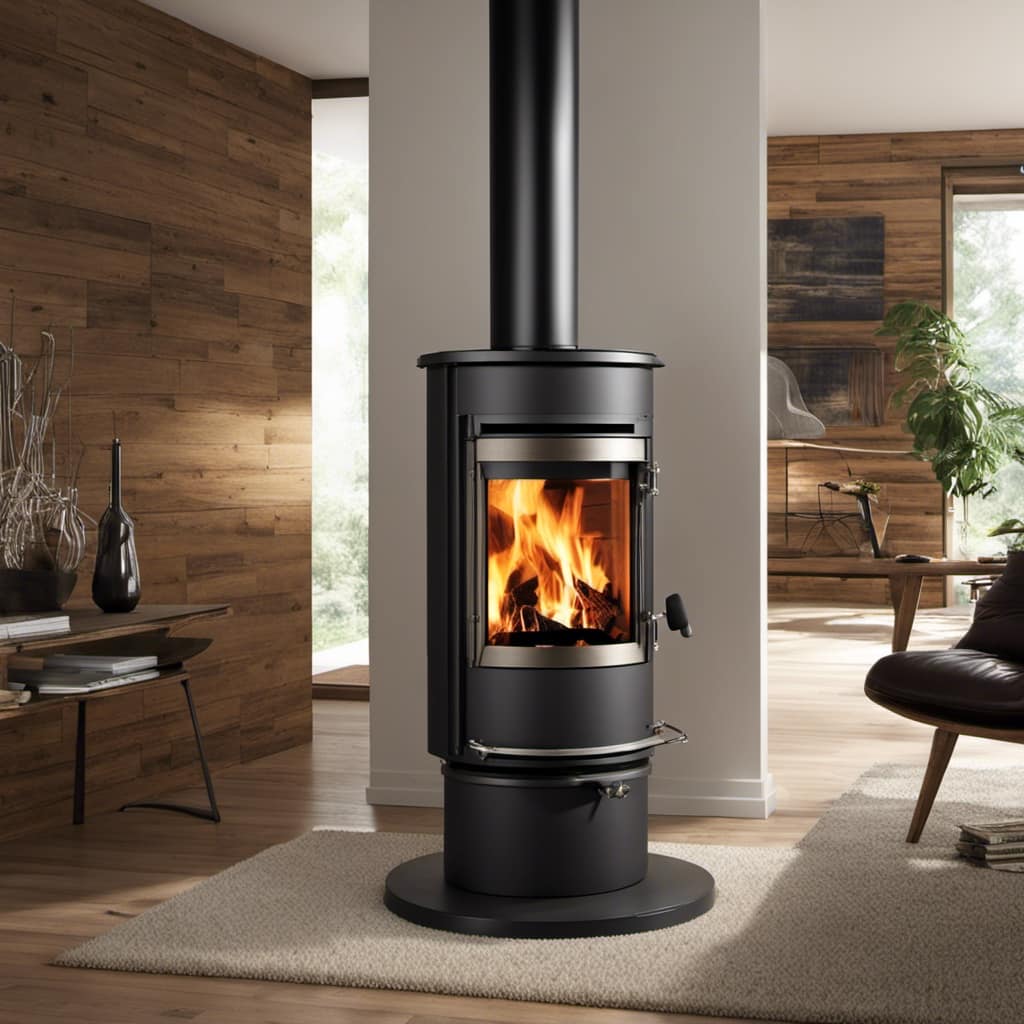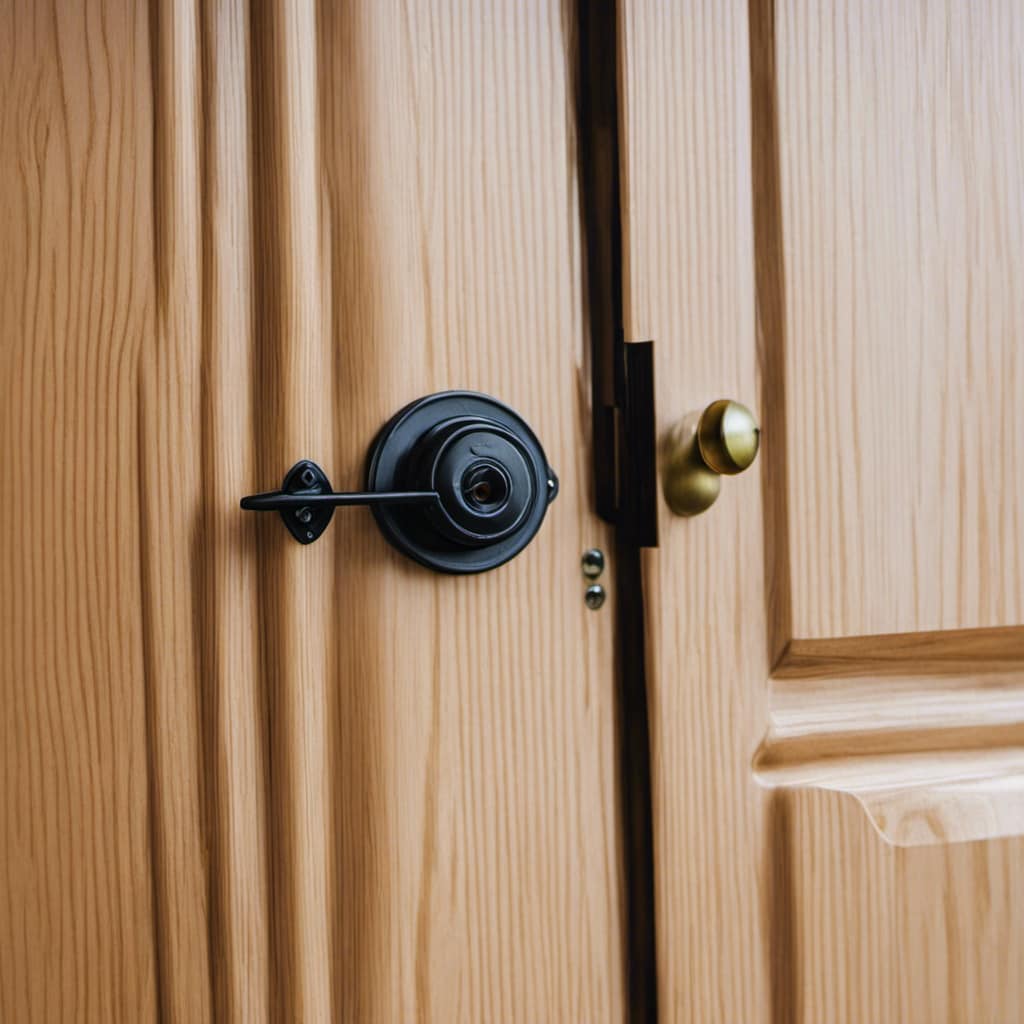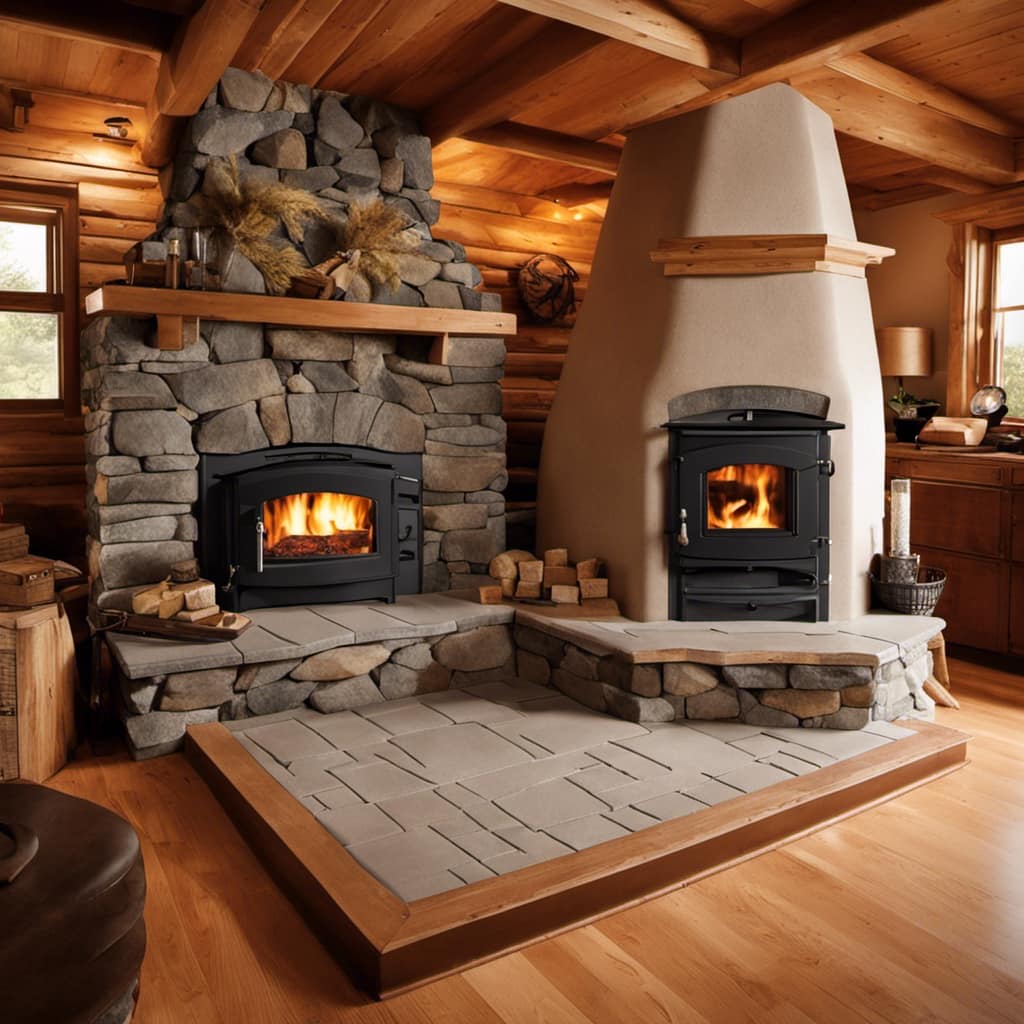As a homeowner who uses a wood stove, my main priority is to keep it safe and protect my floors. That’s why I’m searching for a product to place under my wood stove. Your search ends here – look no further.
In this article, I’ll guide you through a range of non-combustible options, from heat-resistant mats and pads to metal plates and ceramic tiles.
With these suggestions, you can create a stylish and fireproof foundation for your wood stove, giving you peace of mind and a cozy home.
Key Takeaways
- Non-combustible materials like ceramic tiles and metal sheets can be used under a wood stove for floor protection.
- Heat-resistant mats and pads provide extra safety, protect the floor from heat or sparks, and have a non-slip surface.
- Metal or steel plates can offer additional protection, enhance flooring durability, and distribute heat evenly across the floor.
- Ceramic tiles or hearth pads are a stylish and heat-resistant option that adds elegance to the room and is crucial for wood stove safety precautions.
Non-Combustible Materials
I need to find some non-combustible materials to put under my wood stove to ensure safety.

One of the best options for fireproof flooring is using ceramic tiles. Ceramic tiles are made from a mixture of clay and minerals, which undergoes a high-temperature firing process. This makes them extremely durable and resistant to heat. Additionally, ceramic tiles are easy to clean and maintain.
Another suitable material is a sheet of metal, such as aluminum or steel. These metals have high melting points and can withstand the intense heat produced by a wood stove. However, it’s important to ensure that the metal sheet is properly installed and secured to prevent any movement or displacement.
Heat-Resistant Mats and Pads
During my research, I discovered that heat-resistant mats and pads are a great option for protecting the floor underneath my wood stove. These rug alternatives provide an extra layer of safety and prevent any potential damage caused by heat or sparks. Not only do they serve as a protective barrier, but they also add a stylish touch to my living space.
To further illustrate the benefits of heat-resistant mats and pads, consider the following table:

| Features | Benefits | Safety Precautions |
|---|---|---|
| Heat resistance | Protects the floor from heat damage | Reduces the risk of fire |
| Non-slip surface | Prevents accidents and slips | Provides stability |
| Easy to clean | Low maintenance and hassle-free | Ensures cleanliness |
| Versatile | Can be used for other purposes like BBQ grills or fireplace | Multi-functional |
Metal or Steel Plates
Using metal or steel plates underneath the wood stove provides an additional layer of protection and enhances the overall durability of the flooring.
When it comes to choosing between metal and steel plates, both options offer benefits, but there are some key differences to consider.
Metal plates are typically made from aluminum or copper and are lightweight, making them easy to handle and install. They provide good heat conductivity, which helps to distribute the heat evenly across the floor surface.
On the other hand, steel plates are known for their strength and durability. They can withstand high temperatures and heavy loads without warping or cracking. Additionally, steel plates provide excellent heat retention, which means they’ll continue to radiate heat even after the fire has been extinguished.

Ultimately, the choice between metal and steel plates depends on your specific needs and preferences.
Ceramic Tiles or Hearth Pads
I prefer using ceramic tiles for my wood stove because they provide a stylish and heat-resistant option for protecting the floor. When it comes to wood stove safety precautions, it’s important to have a proper hearth pad in place. Choosing the right size and design is crucial to ensure the effectiveness of the pad.
Ceramic tiles offer a great solution as they’re durable and can withstand high temperatures. They not only protect the floor from heat damage but also add a touch of elegance to the room. It’s important to select tiles that are specifically designed for use with wood stoves, ensuring they’ve a high heat resistance rating.
In the next section, we’ll discuss the benefits of insulation boards or fireproof bricks as alternative options for protecting your floor.

Insulation Boards or Fireproof Bricks
Insulation boards are a cost-effective option, but fireproof bricks provide superior durability and heat resistance.
When it comes to insulating your home or wood stove, there are several materials to consider. Insulation boards, made from materials like rock wool or vermiculite insulation, are commonly used due to their affordability. They help to reduce heat loss and increase energy efficiency.
However, when it comes to long-term durability and heat resistance, fireproof bricks are the superior choice. These bricks are specially designed to withstand high temperatures and provide excellent insulation. They’re made from a combination of fireclay and other refractory materials, making them highly resistant to heat and fire.
Additionally, fireproof bricks have a longer lifespan compared to insulation boards, making them a more durable option in the long run. So, while insulation boards may be more budget-friendly, fireproof bricks offer superior performance and longevity when it comes to heat resistance and durability.

Frequently Asked Questions
Can I Use Regular Carpet or Rugs Under My Wood Stove?
Regular carpet or rugs are not recommended to be placed directly under a wood stove. It is important to maintain a safe distance between combustible materials and the stove to prevent fire hazards.
What Is the Recommended Distance Between the Wood Stove and Non-Combustible Materials?
The recommended distance between a wood stove and non-combustible materials is typically specified by the manufacturer. It is important to follow these guidelines to ensure safety and prevent any risks of fire or damage.
Are There Any Specific Maintenance Requirements for Heat-Resistant Mats and Pads?
Using a heat resistant mat under your wood stove offers numerous benefits, such as protecting your floors from heat and sparks. To choose the right size and material, consider the dimensions of your stove and opt for a mat made of fire-resistant materials.
Can I Place My Wood Stove Directly on a Wooden Floor Without Any Protective Materials?
No, it is not safe to place a wood stove directly on a wooden floor without any protective materials. It is important to use alternatives such as heat-resistant mats or pads to prevent damage and potential fire hazards.

Are There Any Restrictions on the Size or Thickness of Ceramic Tiles or Hearth Pads That Can Be Used Under a Wood Stove?
There are no restrictions on the size or thickness of ceramic tiles or hearth pads that can be used under a wood stove. I’ve used a thick ceramic tile under mine and it has worked perfectly.
Conclusion
In conclusion, when it comes to what to put under your wood stove, it’s crucial to prioritize safety. Non-combustible materials, heat-resistant mats, metal plates, ceramic tiles, and insulation boards are all viable options to protect your flooring from heat damage.
Remember, just as we lay a solid foundation for our dreams, we must also provide a sturdy base for our wood stoves to ensure a warm and cozy environment without any risks.
Stay safe and enjoy the comforting embrace of your wood stove!

Growing up surrounded by the vast beauty of nature, Sierra was always drawn to the call of the wild. While others sought the comfort of the familiar, she ventured out, embracing the unpredictable and finding stories in the heartbeat of nature.
At the epicenter of every remarkable venture lies a dynamic team—a fusion of diverse talents, visions, and passions. The essence of Best Small Wood Stoves is crafted and refined by such a trio: Sierra, Logan, and Terra. Their collective expertise has transformed the platform into a leading authority on small wood stoves, radiating warmth and knowledge in equal measure.











